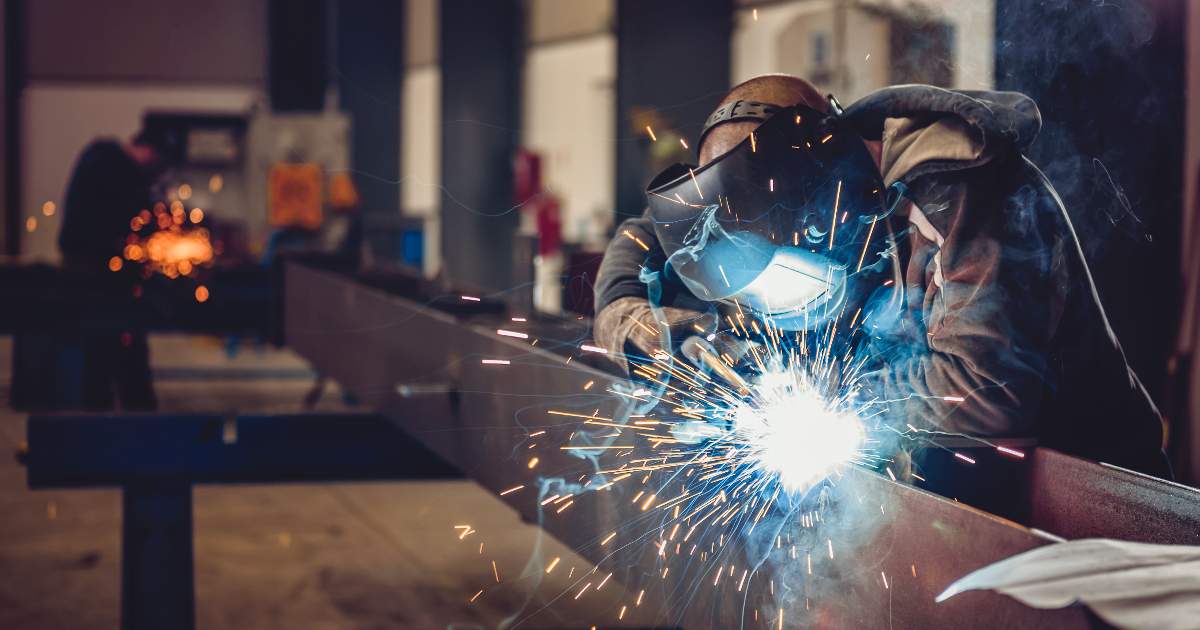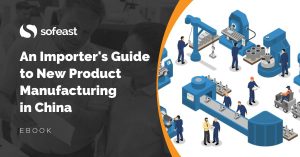In previous video series, we have covered thermoplastics VS thermosets, plastic testing and also plastic injection molding. Now we move on to a different production process that’s concerned with metal rather than plastics, as we go into detail about the metal welding process.
On Sofeast’s YouTube channel, our senior engineer Paul takes a deep dive into the metal welding process in these videos which will be useful information for buyers of welded metal goods or components. In particular, he’ll explore welding techniques, common welding defects to look out for, welding inspection tools and methods, and how to test welds.
1. Different Welding Techniques
This video explains:
- Welding techniques– including MIG, TIG, Stick, Flux-Cored arc, Energy beam, Atomic hydrogen, Gas-tungsten arc, and Plasma arc welding.
- Welding fixtures – why should we use them, what is their purpose, and what’s the difference between automated welding fixtures and regular ones?
- PPE for welders – this includes a helmet, respirator, flame-resistant apron, boots, and gloves.
- Welder certifications – certifications which assess a welder’s ability to produce high-quality welds. They include ISO 9606 in Europe and AWS d1.1, ASME Section IX, and API 1104 in the USA.
Watch the video here.
2. Common Welding Defects
You will learn about:
- The definition of welding quality.
- Numerous welding defects you may encounter – includes weld porosity, lack of fusion, weld distortion, inclusions in the weld, weld undercuts, inconsistent process, arc strikes, poor weld penetration, hot cracking and cold cracking.
Watch the video about weld defects here.
3. Welding Inspection Tools And Methods
Paul talks you through the different welding inspection tools and how they’re used by the inspector, including a flashlight, mirror, high-low gauge, pit gauge, bridge cam, borescope, other critical tools, including documentation and knowledge with a particular focus placed on the welding codes and owner’s specifications.
Watch the video about the inspection tools for welds here.
4. Weld Testing Methods
This video is really helpful for buyers of welded products or components, as Paul explains the different ways to test weld quality. If you’re conducting inspections, this bumper 12-minute video is a useful introduction.
In it you’ll explore the different weld testing options:
- The difference between destructive and non-destructive weld testing – why would you choose to destroy items being tested, and what are the benefits of non-destructive tests?
- Destructive weld tests – includes: macro etch testing, fillet weld break test, transverse tension test, and guide bend test.
- Non-destructive weld tests – includes: visual test, radiographic test, magnetic particle test, liquid penetration test, ultrasonic test.
Watch the video here.
******
We hope it’s been helpful. By the way, we are gathering all these videos about production materials and processes in a library on our commercial website, Sofeast.com.
What other processes or materials do you often work with? Let us know so we can share our experience and important information about them.
Are you designing, or developing a new product that will be manufactured in China?
Sofeast has created An Importer’s Guide to New Product Manufacturing in China for entrepreneurs, hardware startups, and SMEs which gives you advance warning about the 3 most common pitfalls that can catch you out, and the best practices that the ‘large companies’ follow that YOU can adopt for a successful project.
It includes:
- The 3 deadly mistakes that will hurt your ability to manufacture a new product in China effectively
- Assessing if you’re China-ready
- How to define an informed strategy and a realistic plan
- How to structure your supply chain on a solid foundation
- How to set the right expectations from the start
- How to get the design and engineering right
Just hit the button below to get your copy (please note, this will direct you to my company Sofeast.com):


